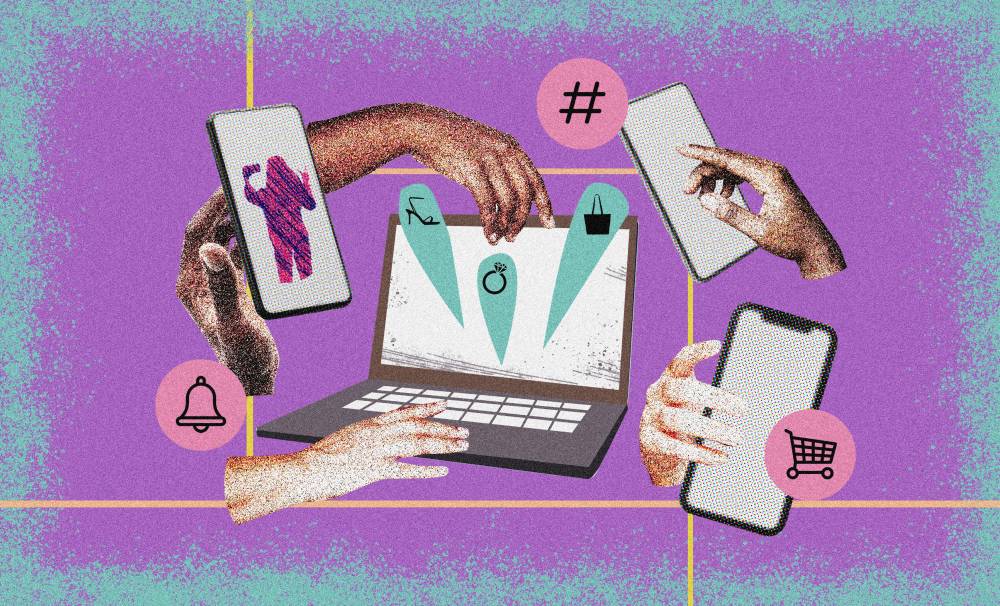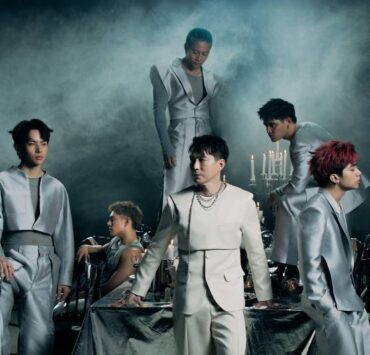The algorithm made me buy it

Taste used to be personal. Now, it is predictive.
There was a time when shopping was an act of discovery—you stumbled across a piece, tried it on, thought about it, maybe even saved up for it. Now, it feels more like being chosen by the thing rather than choosing it yourself. Scroll long enough, and you will convince yourself you have “always wanted” that top you saw on your For You Page exactly seven times this week.
Social media did not just change how we shop—it rewired why. We no longer buy things because they express who we are. We buy them because they have already been validated by someone else. A viral video, a well-lit haul, an influencer’s “this is so me” mirror selfie—each one quietly instructs on what we should want next. It is taste as teamwork. And the team is the algorithm.
The algorithm is a dangerous kind of stylist—it never sleeps, never doubts, and somehow always knows exactly when your paycheck cleared. It feeds you the Zara heels you did not know you needed, the serum that promises glass skin, the “capsule wardrobe” that looks like everyone else’s capsule wardrobe. Somewhere between “must-have” and “add to cart,” individuality turned into a marketing demographic.
What is fascinating is how self-aware we have become about it. We joke about “TikTok made me buy it” as if naming the puppet master makes the strings disappear. It does not. It just makes the performance part of the show. Influencer culture has mastered the art of pretending spontaneity—“this is not an ad, but…”—when, of course, it always is.
The algorithm has learned our rhythms, our cravings, our late-night scroll tendencies. It knows that if you have watched two “that girl” videos, you will probably start seeing matching sets and lemon water bottles. Watch one “indie sleaze revival” clip and your explore page fills with fishnets and flash photography. The scariest part? It is not manipulation, it is personalization. And we love it.
We used to say fashion is cyclical. Now, it is algorithmic.
Trends no longer rise organically; they are engineered in real time. Brands monitor what goes viral and mass-produce it in weeks. Zara has built an empire on decoding your For You Page faster than you can say “quiet luxury.” Suddenly, the world is full of people dressed like they share a moodboard– and in a way, they do.
Even the luxury world is not immune. Bottega Veneta, Dior, and Miu Miu are all styling social media-native brands now– casting influencers front row, structuring collections around “TikTok moments,” designing clothes that move well on camera. Fashion houses once obsessed with exclusivity now chase relatability. Every campaign wants to look “effortless,” even when it costs five figures.
But amid the dopamine dressing and digital desire loops, a quieter question lingers: do we even like what we are buying anymore? Or are we just performing preference? The speed of the trend cycle leaves no room for emotional attachment. By the time your order arrives, the feed has already moved on.
That is why “deinfluencing” felt so radical when it trended earlier this year. It was not rebellion—it was exhaustion. People were tired of wanting things they did not really want. The movement did not kill the algorithm (nothing will), but it did expose the fatigue of endless consumption disguised as “self-expression.”
Still, there is nuance here. Social media has also democratized taste. Once, fashion authority belonged to glossy magazines and Paris ateliers; now, a kid in Cebu or São Paulo can go viral for their thrifted outfit and rewrite what is cool. The algorithm flattens hierarchy—it just does not know how to slow down.
What is left is a kind of beautiful chaos: a world where people can discover their style online, but also lose it there. Taste used to be about intention; now it is about interaction. We curate ourselves through clicks, not choices.
Maybe the algorithm did not steal our individuality—it just revealed how easily it can be sold back to us. That is probably the point.
So next time something pops up on your feed and you whisper, “I need this,” pause. Do you need it? Or did the algorithm make you think you did?
(And in this economy? Please.)





















